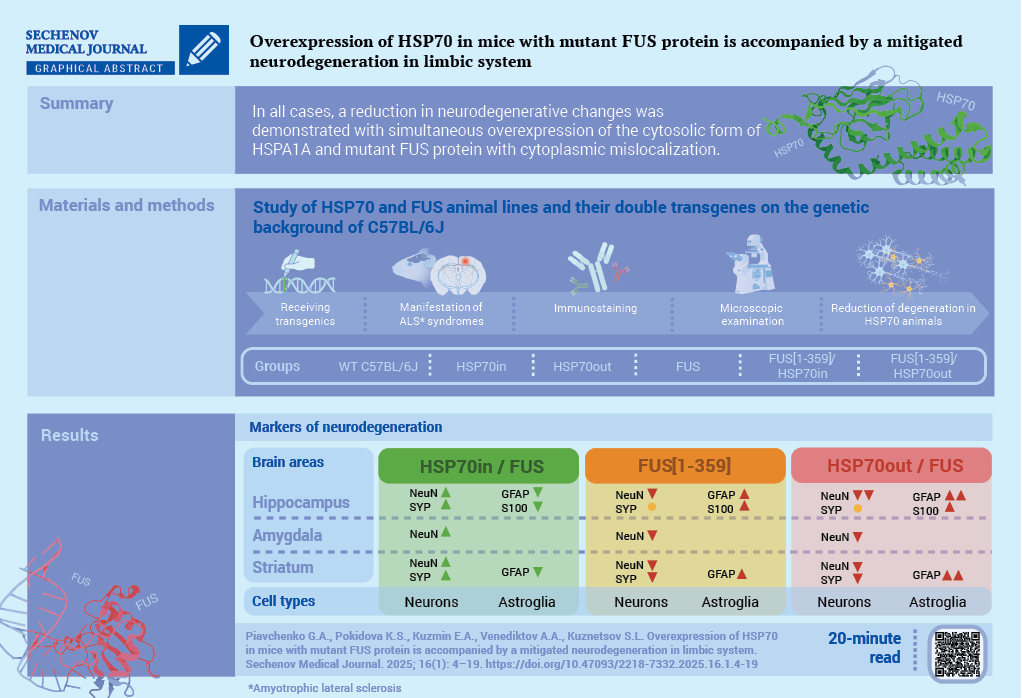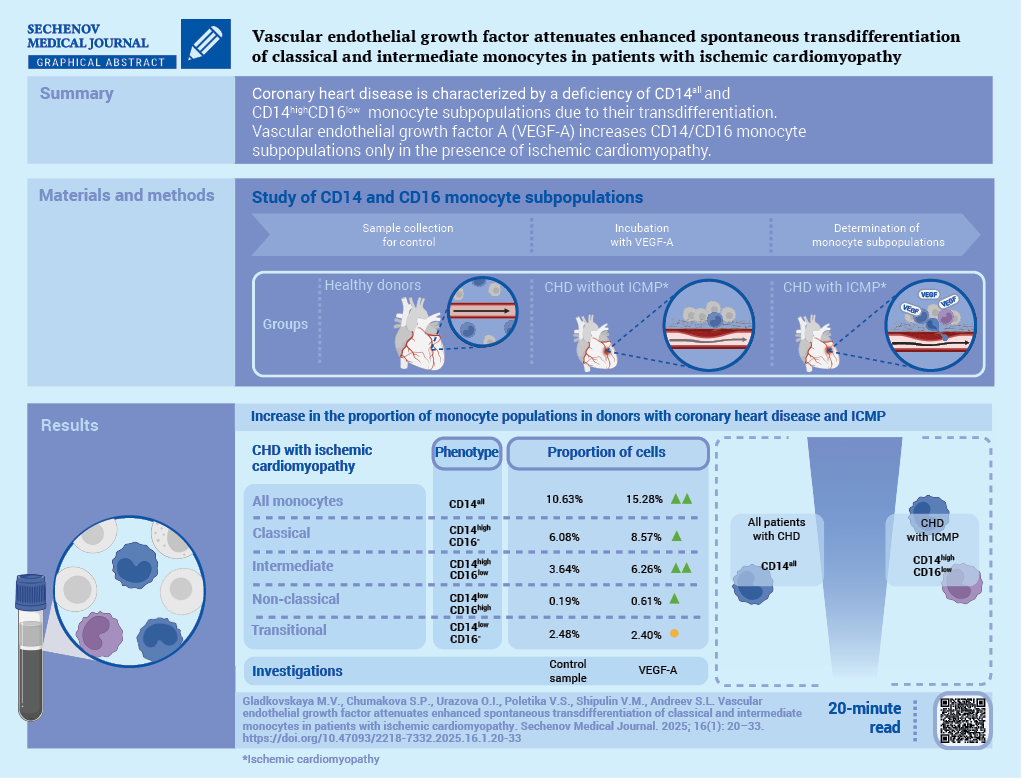
The Sechenov Medical Journal is a scientific and practical peer-reviewed journal, the official publication of Sechenov University.
The Journal has been published since 2010 with a frequency of 4 issues per year and is intended for the health professionals.
Sechenov Medical Journal publishes original articles, reviews, and clinical cases, covering a wide range of issues in biomedical sciences, fundamental and clinical medicine and concerned with important clinical and basic research in the field of:
- cell biology,
- pathological physiology,
- internal diseases,
- obstetrics and gynaecology,
- oncology, surgery
- neurosurgery.
Publication time frames:
5 days - first decision (accept for review or reject the manuscript)
40 days - average duration of the review phase
99 days - from manuscript submission to publication (average)
27% - of all manuscripts submitted during the year were accepted for publication
The Title is included in the Russian Science Citation Index (RSCI) collection, based on the Russian Index of Science Citation(RISC) database and is in the Scopus database (since 2023) and in the "White List" of scientific journals
Sechenov Medical Journal was included in the K2 category of Higher Attestation Commission and equated to the K1 category considering indexing in Scopus.
Mass media state registration certificate PI № ФС77-78884 dated August 28, 2020, issued by the Federal Service for Supervision of Communications, Information Technology and Mass Media (Roskomnadzor).
Current issue
CELL BIOLOGY, CYTOLOGY, HISTOLOGY
PATHOLOGICAL PHYSIOLOGY
INTERNAL MEDICINE
NEUROSURGERY
Announcements
2025-06-30
The social channels of the Sechenov Medical Journal were featured in a scientific article.
We are pleased to announce that the Sechenov Medical Journal's Telegram channel was mentioned in an article by M. A. Polshina and L. V. Vergunova, published in Scientific Editor and Publisher (https://doi.org/10.24069/SEP-24-24 ).
The authors cited our channel as a successful example of scientific journal social networking to increase citations of scientific publications.
The study confirms the effectiveness of scientific journals' activity on social networks:
- increases traffic to the journal's website
- increases the impact factor and altmetrics of publications
- makes content more accessible
- Promotes audience engagement
- increases citations of publications.
According to the authors' findings, the portrait of a subscriber to the Telegram channel of a scientific journal is as follows:
- an employee of a higher education institution or research institute.
- aged 26–45 years;
- holds a Candidate of Science degree,
- Hirsch index in RSCI is less than 9.
The most popular section is the 'Weekly review of world news'. Short posts of 2–3 paragraphs are the most effective format.
The editorial team at the Sechenov Medical Journal closely follows global trends in scientific communication, offering you only the most relevant and useful information.
Join our Telegram community (https://t.me/sechmedj ) and help us to make science more accessible!
| More Announcements... |










































